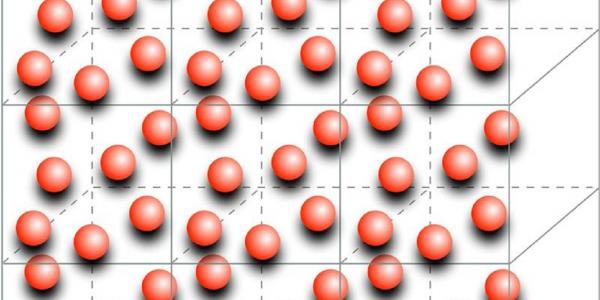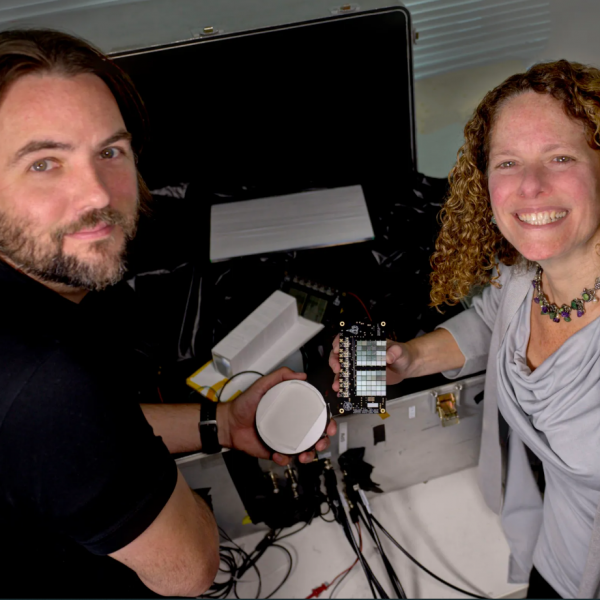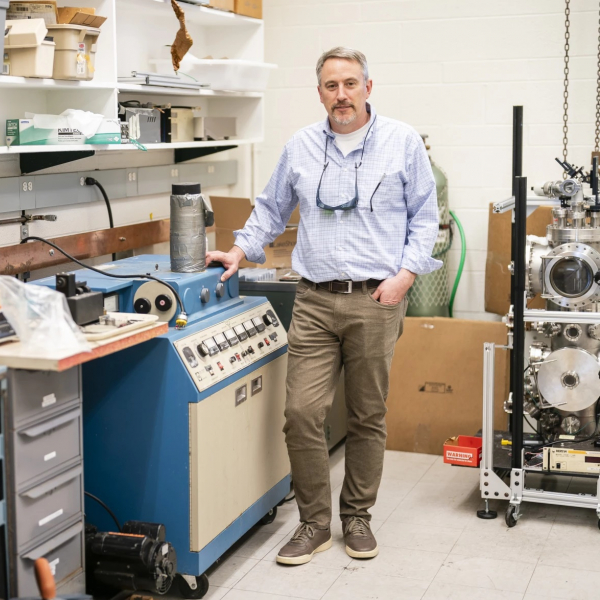A paper on neutron matter published by Maria Piarulli, assistant professor of physics, has been selected as a DOE highlight.
The Department of Energy highlighted the paper on their site.
The Science
The matter inside a neutron star consists mostly of neutrons, with a few protons, electrons, and other sub-atomic particles. This matter is so dense that an entire neutron star, with a mass greater than the Sun, would fit inside a city the size of Chicago. To predict the properties of this matter, nuclear physicists consider a theoretical model. This model consists of an infinite system of pure neutrons that interact by the strong, short-range nuclear force. The strong nuclear force is one of the four basic forces in the universe, along with gravity, electromagnetism, and the weak nuclear force. Using sophisticated numerical techniques and supercomputers, scientists calculate the neutron matter equation of state that tells how much weight the star can support before gravity crushes it into a black hole.
Piarulli, M., et al., “Benchmark calculations of pure neutron matter with realistic nucleon-nucleon interactions,”Physical. Review C 101, 045801 (2020) [DOI:10.1103/PhysRevC.101.045801]





